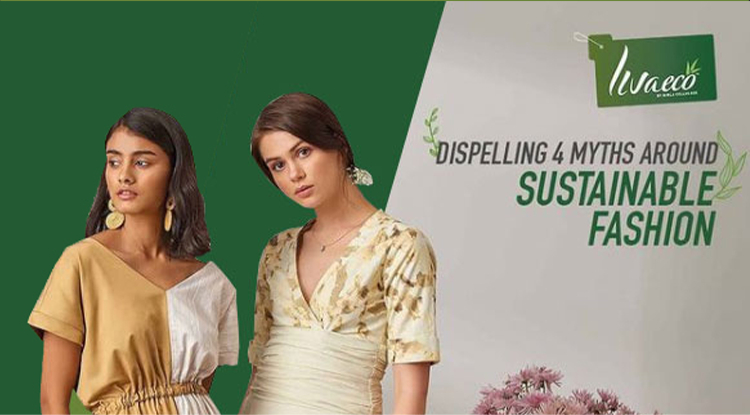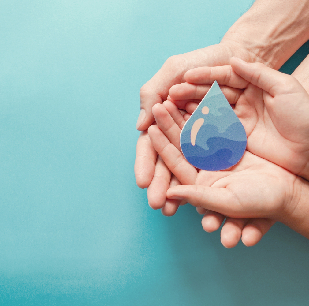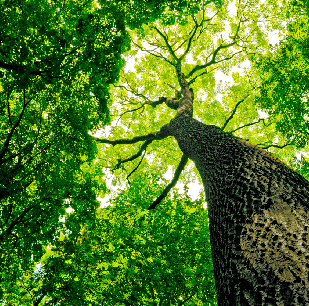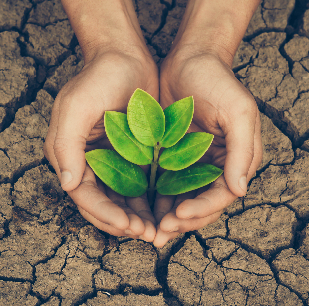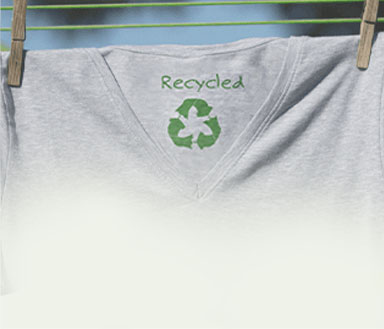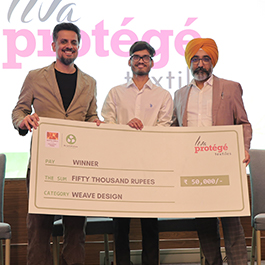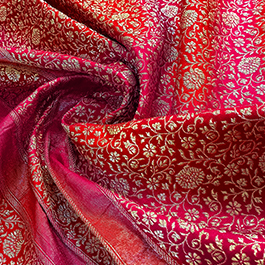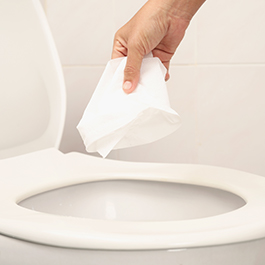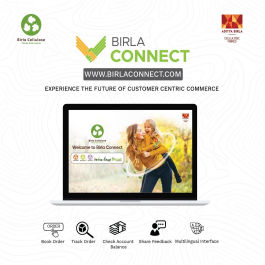Integrating
Sustainability, from
Forest to Fashion
Birla Cellulose is a leading sustainability focused man made cellulosic fibre producer. Our nature based fibers come from renewable wood sourced from sustainably managed forest. We use closed-loop process and environmentally efficient technologies that recycle raw materials and conserve natural resources. Our new generation products like Livaeco by Birla Cellulose, Liva Reviva, Birla Excel and Birla Spunshades are designed with superior sustainable credentials which contribute towards a greener environment.

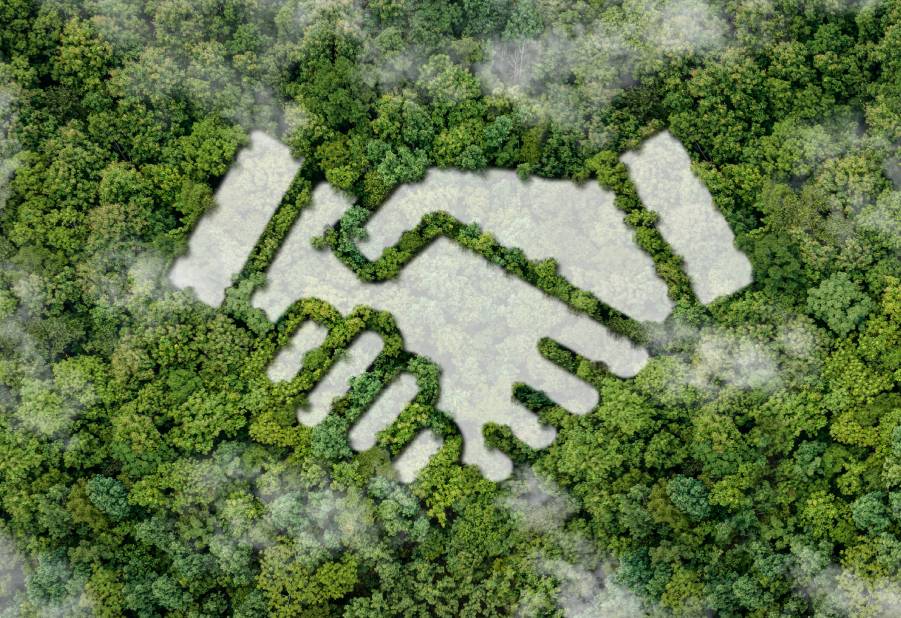
Birla Cellulose:
Sustainability
Sustainability for us is to create positive value for all the stakeholders.
View ReportDid You Know?
Giving back to the Planet
more than We Take!
Our Sustainability Framework
The guiding principles of our sustainability strategy are derived from the UN SDGs, the materiality issues identified with internal & external stakeholders, and the risk assessment constituted our Sustainability framework.
At the core of all the sustainability initiatives lies the well-being of our planet and its people.
Our Sustainability Goals
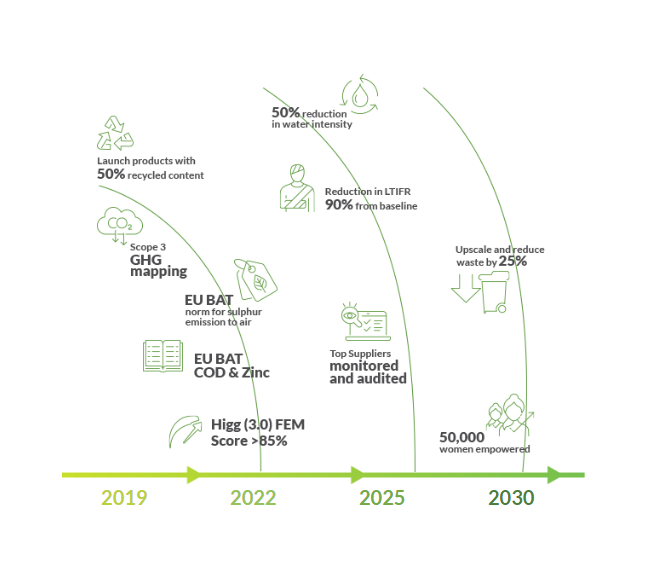
To implement closed-loop technologies at all the fibre sites to achieve the EU BAT norms for sulphur release-to-air by 2022.
To apply innovative technologies to reduce water consumption, including the use of state-of-the-art membrane based technologies and establish new global benchmarks
To identify opportunities to reduce waste and evaluate alternative applications in infrastructure as well as in other industries
To increase use of alternative feedstock through intensive R&D efforts by working on relevant recycling technologies as well as on reverse logistics to optimise the process
To assess key suppliers for their sustainability, safety & health practices, legal compliances, ethics and labour rights
To reduce LTIFR by 90% with a strong focus on safety systems to safeguard our employees, nearby communities and suppliers
To empower 50,000 women by making them financially independent by 2030 and bridge the developmental gaps by ensuring gender equality, women empowerment and girl child education
Our Latest Campaign
